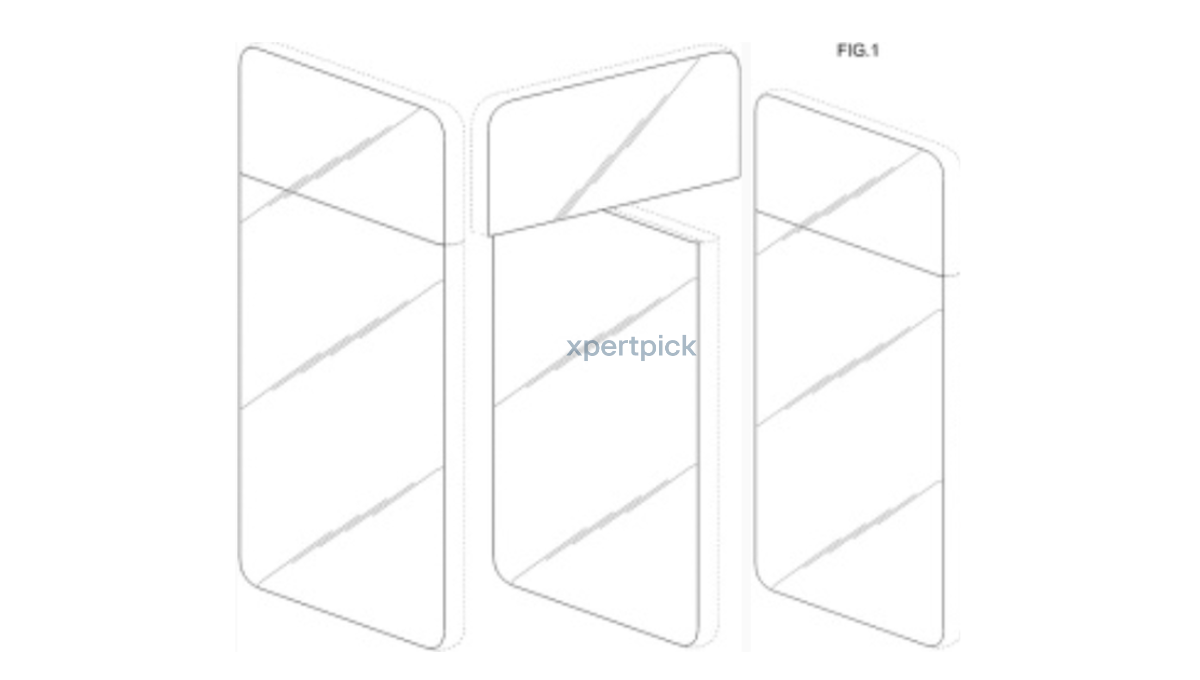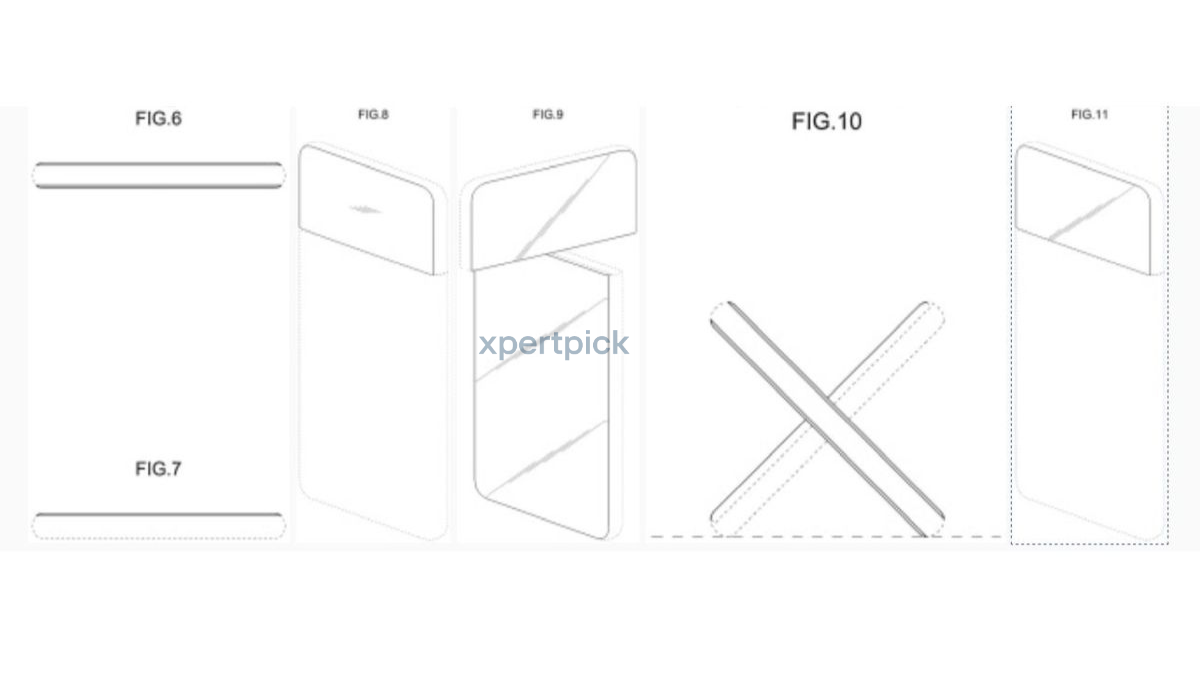
Samsung has secured a design patent for an electronic device, with filings in South Korea as well as the US. It was originally filed under KR 30-2020-0036814 in South Korea back in August 2020, and later it was submitted under D1065120 in January 2021. On March 4, 2025, the patent was officially registered internationally, meaning Samsung was allowed to secure design rights in various jurisdictions beyond South Korea and the US.
The patent application describes an electronic device with a rotating upper section, suggesting a distinct form factor that can be incorporated into smartphones in the future. It should be noted that not all patents result in commercial products, as many serve as experimental groundwork. Therefore, the design detailed in this new patent may remain conceptual or evolve into something different over time.
Unique device design with a rotatable top portion
- The patent filing describes an electronic device with a top portion that can rotate. It includes multiple diagrams showcasing the design from various angles.
- Figures 1 to 8 illustrate the device’s different perspectives, including front, back, side, top, and bottom views.
- Figures 9 to 11 focus on the rotating mechanism, showing the top part moving relative to the rest of the device, including a full 180-degree flip.
- Figure 10 primarily highlights an X-shaped design when the two parts of the device are rotated.
- Samsung has not specified the dimensions of the device in the patent documents, but the images indicate a form factor comparable to conventional smartphones.
- However, this design concept could extend beyond smartphones, potentially being applied to other devices like tablets or handheld gaming consoles.
On a smartphone, the rotating mechanism might enable a dynamic camera module, allowing seamless switching between front and rear cameras without multiple lenses. Alternatively, it could function similarly to LG’s Wing, where a rotating section reveals an additional display or controls, enhancing multitasking, content creation, or immersive media experiences.

















